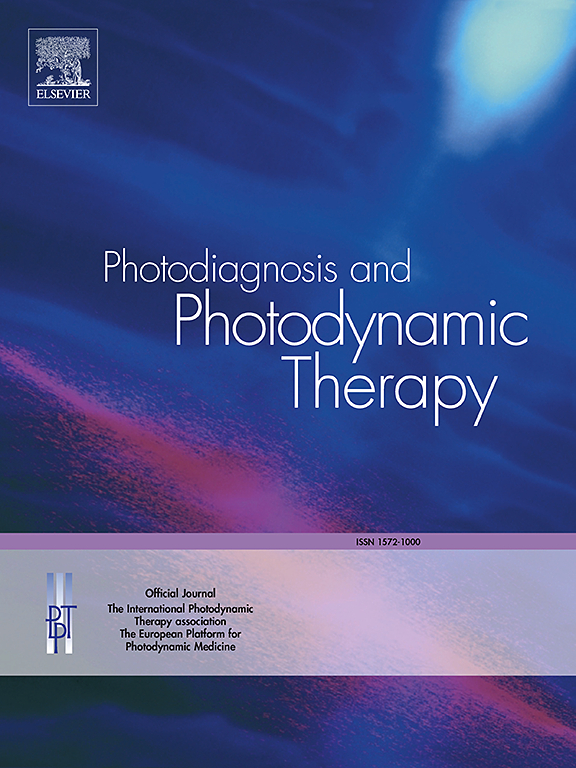基于干血清傅里叶变换红外光谱结合机器学习算法的肺癌与良性肺结节快速鉴别
IF 3.1
3区 医学
Q2 ONCOLOGY
引用次数: 0
摘要
肺癌(LC)在晚期诊断时与较差的5年生存率相关。虽然低剂量计算机断层扫描(LDCT)筛查能够早期发现,但其高假阳性率,主要是由于良性肺结节(BLN),需要更准确的诊断工具。本研究将干燥血清样品的傅里叶变换红外光谱(FTIR)与机器学习算法相结合,建立了一种快速、精确的LC鉴别方法。我们分析了58例LC患者、37例BLN患者和36例健康对照者的干血清。利用FTIR光谱数据(1800 ~ 900 cm cm-1波段)对线性判别分析(LDA)、支持向量机(SVM)、随机森林(random forest)、多层感知器(multilayer perceptron)和LightGBM 5种机器学习模型进行优化。所有算法均能成功区分三组,其中LDA准确率最高(93.9%)。这些结果表明,干燥的血清FTIR光谱结合机器学习,特别是LDA,为区分LC和BLN提供了一种很有前途的方法,有可能增加LDCT筛查以减少不必要的干预。本文章由计算机程序翻译,如有差异,请以英文原文为准。

Rapid differentiation of patients with lung cancers from benign lung nodule based on dried serum Fourier-transform infrared spectroscopy combined with machine learning algorithms
Lung cancer (LC) is associated with poor 5-year survival rates when diagnosed at advanced stages. While low-dose computed tomography (LDCT) screening enables earlier detection, its high false-positive rate, primarily due to benign lung nodules (BLN), necessitates more accurate diagnostic tools. This study developed a rapid and precise LC discrimination method by integrating Fourier transform infrared (FTIR) spectroscopy of dried serum samples with machine learning algorithms. We analyzed dried serum from 58 LC patients, 37 BLN patients, and 36 healthy controls. Five machine learning models, linear discriminant analysis (LDA), support vector machine (SVM), random forest, multilayer perceptron (MLP), and LightGBM, were optimized using FTIR spectral data (1800–900 cm−1 band). All algorithms successfully differentiated the three groups, with LDA achieving the highest accuracy (93.9 %). These results demonstrate that dried serum FTIR spectroscopy coupled with machine learning, particularly LDA, offers a promising approach for distinguishing LC from BLN, potentially augmenting LDCT screening to reduce unnecessary interventions.
求助全文
通过发布文献求助,成功后即可免费获取论文全文。
去求助
来源期刊

Photodiagnosis and Photodynamic Therapy
ONCOLOGY-
CiteScore
5.80
自引率
24.20%
发文量
509
审稿时长
50 days
期刊介绍:
Photodiagnosis and Photodynamic Therapy is an international journal for the dissemination of scientific knowledge and clinical developments of Photodiagnosis and Photodynamic Therapy in all medical specialties. The journal publishes original articles, review articles, case presentations, "how-to-do-it" articles, Letters to the Editor, short communications and relevant images with short descriptions. All submitted material is subject to a strict peer-review process.
 求助内容:
求助内容: 应助结果提醒方式:
应助结果提醒方式:


